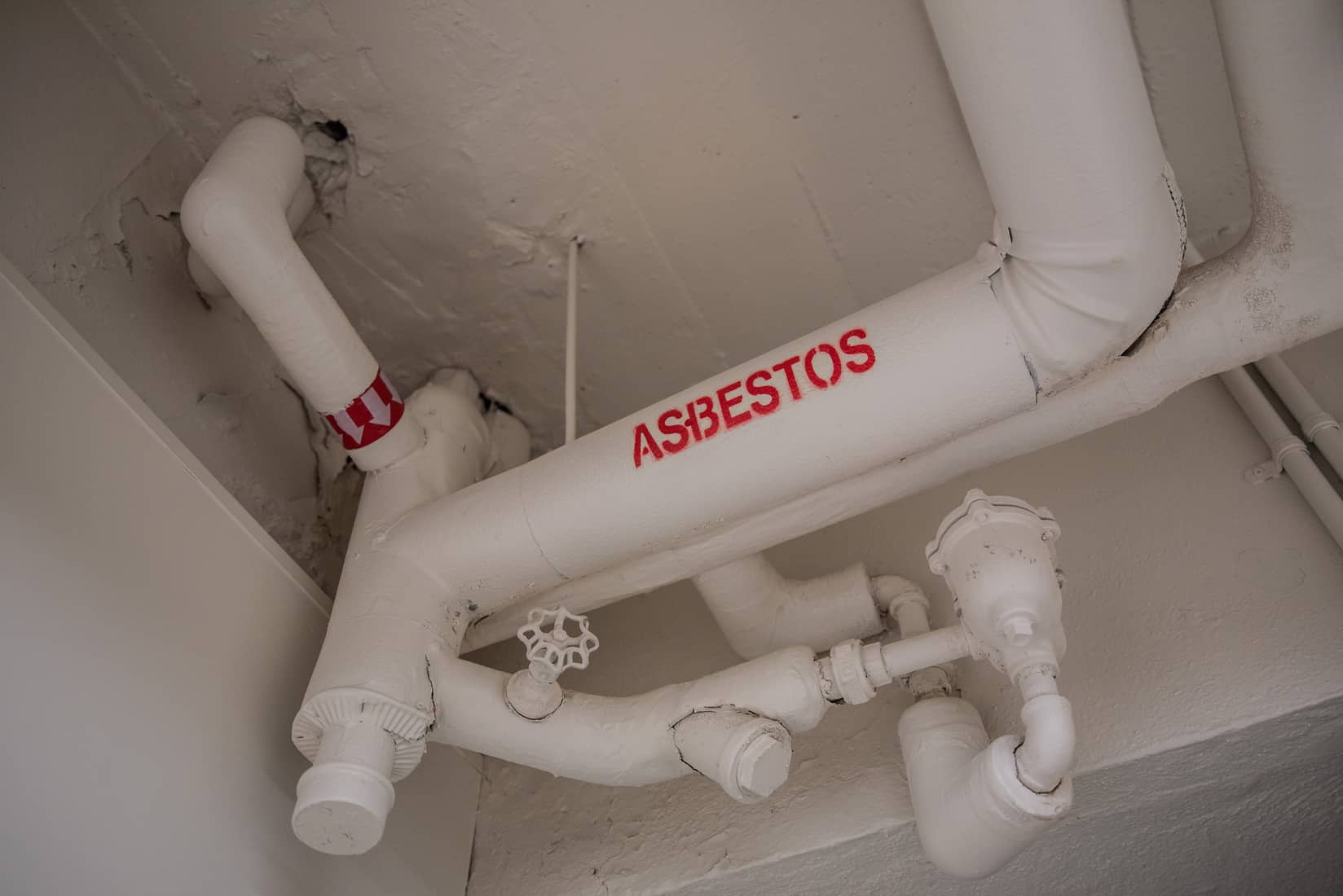
On April 24, an email from Safety Resources was circulated through the University of Saskatchewan, announcing plans for a campus-wide asbestos audit and inspection starting in May. The email stated that this inspection is part of the university’s ongoing commitment to ensure workplace safety.
All campus buildings are audited for asbestos with a clear identification, labeling and monitoring program led by Facilities Management Division. The majority of asbestos found in university buildings are used in insulation and fireproofing, and it is mostly isolated to mechanical rooms and insulation for steam pipes.
Asbestos is a naturally occurring mineral that can be separated into flexible fibres. It was valued for its insulation and fire resistant abilities. Intact asbestos does not appear to pose a great health risk, but if the material is disturbed in construction or renovation work, the airborne fibres are quite dangerous.
Before the ban in the 1970s, asbestos was used frequently in both commercial and residential buildings. The fibres were incorporated in insulation, floor tiles, siding and textured ceilings. Canada banned the manufacture of most asbestos materials in 1979.
If inhaled, asbestos cannot be expelled from the body and can accumulate within the lung tissue, leading to chronic illness like asbestosis, pleuritis and chronic obstructive pulmonary disease.
Long-term exposure to airborne asbestos fibres can lead to mesothelioma, cancer of the thin lining of the lungs, which holds the grim title of the number one cause of occupation-related cancers worldwide.
The Sheaf reached out to the U of S to comment on whether the audit occurs annually and if any employees brought forward health concerns this past year. However, the U of S did not get in contact in time for publication.
General information about asbestos along with a public question and answer forum is slated to be held in the next few weeks, with event details to be announced. The university stressed its commitment to the health and safety of those active within the campus community from workplace to classrooms to research laboratories.
—
Erin Matthews / Opinions Editor
Photo: Victoria Becker / Photo Editor